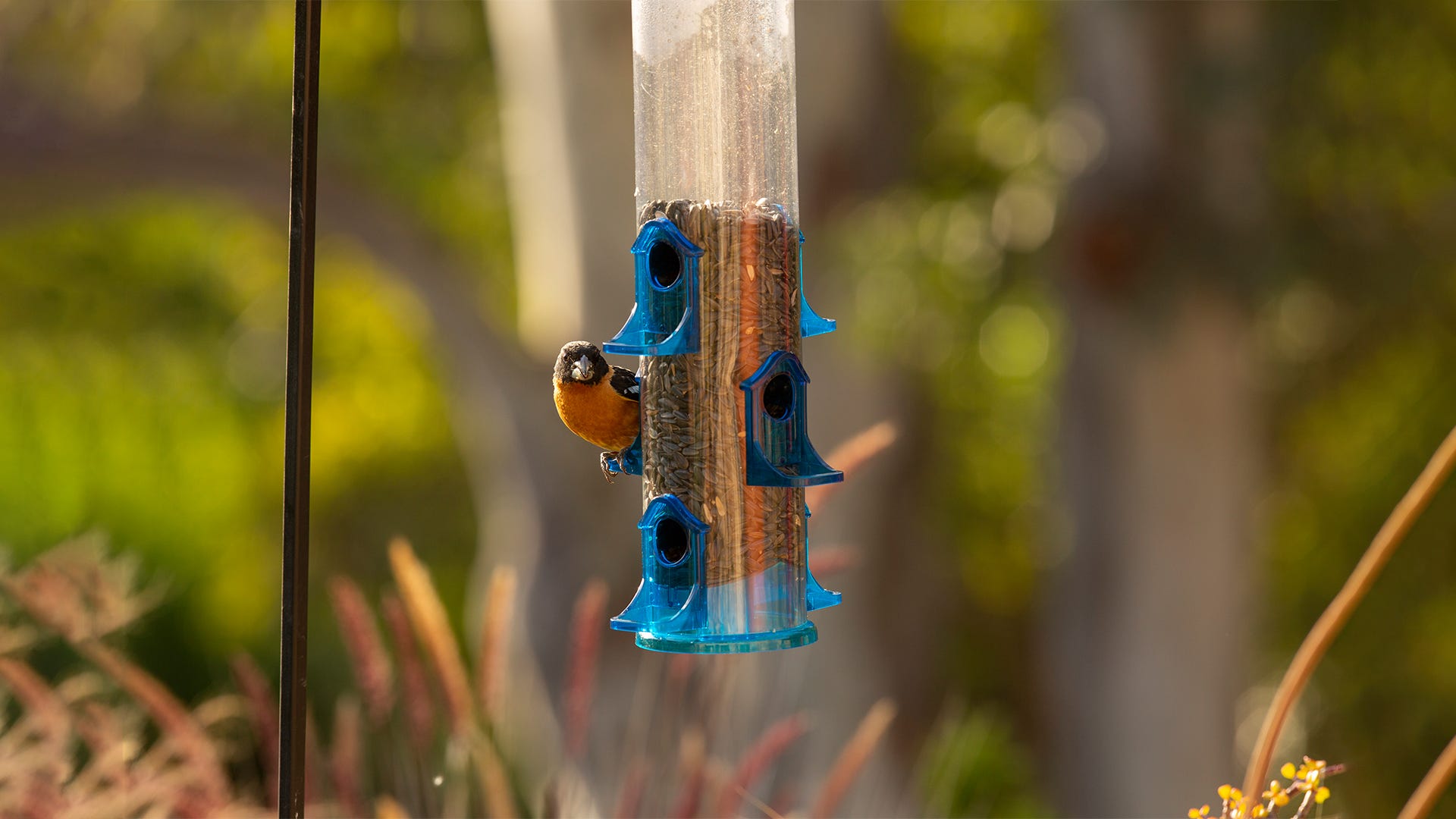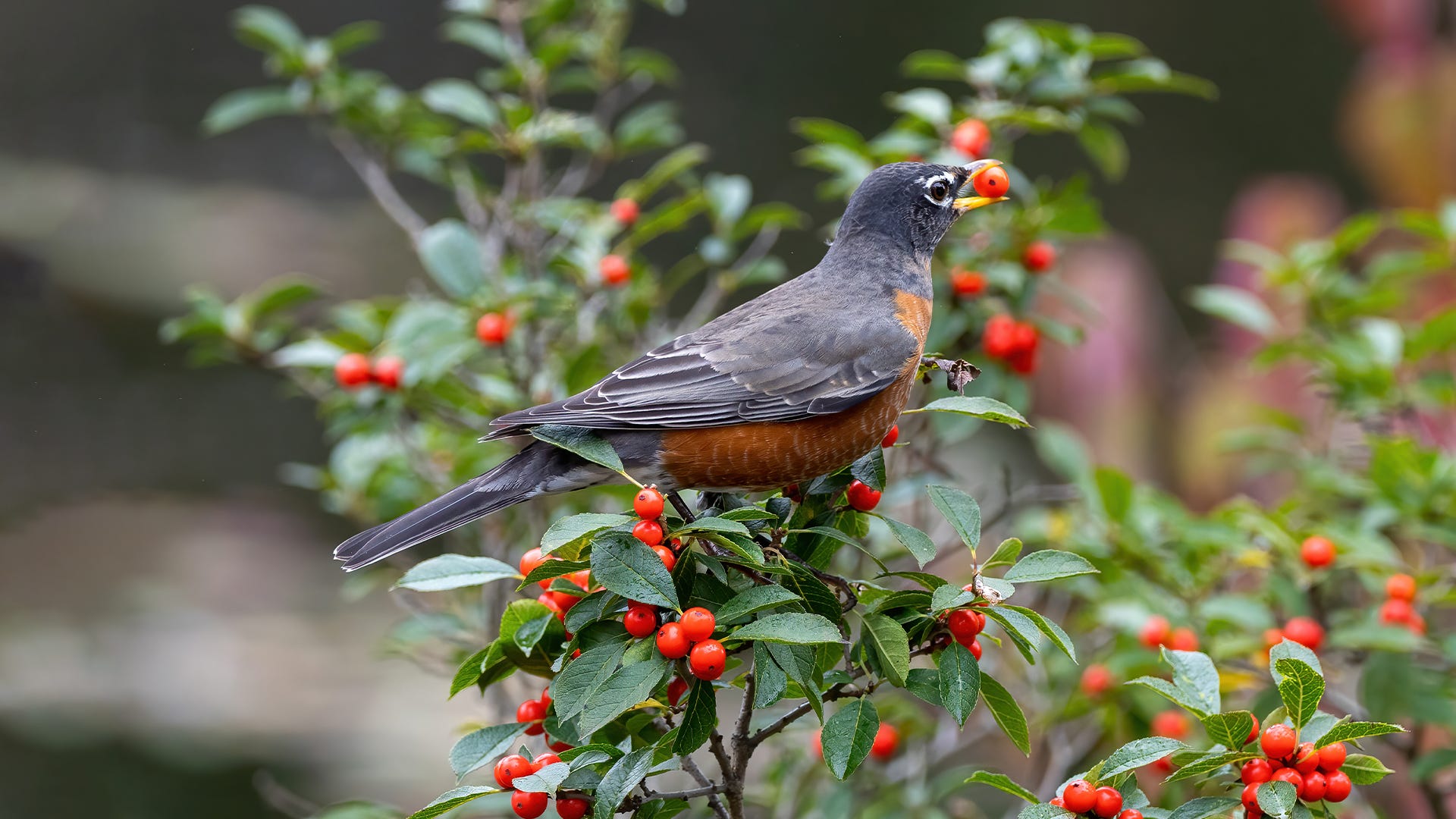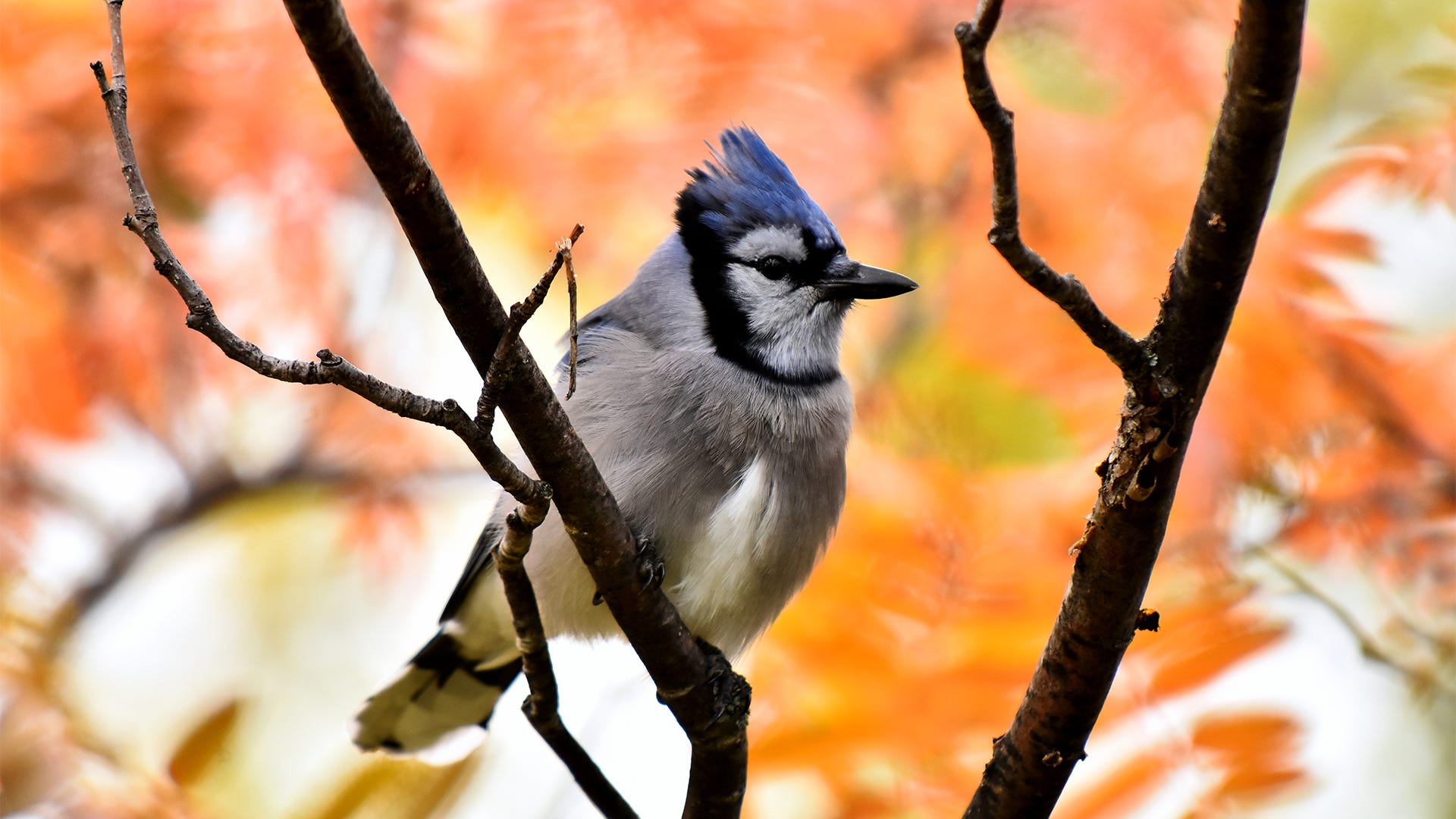
Raking leaves can be a never-ending fall chore. From the time the first leaves begin to turn brilliant shades of yellow, orange, and red to when the last leaves blow away from bare boughs, there can be weeks filled with raking, bagging, and hauling. Yet all that back-breaking work is unnecessary. Leaving fallen leaves to decay naturally in your yard can provide many benefits to backyard birds and other wildlife.
What Is Leaf Litter Made Of?
Understanding leaf litter starts with understanding that it is much more than just leaves. Leaf litter goes by many names – litterfall, duff, forest litter, and mast. As the material decomposes, it is often referred to as humus. A wide variety of rich organic materials make up leaf litter. While leaves are often the largest and most visible component of the detritus, it can also include:
- Twigs
- Plant stems
- Bark pieces
- Pine needles
- Pinecones
- Seeds and seed pods
- Windfall fruit and berries
- Nuts
- Fungi
- Moss and lichen
- Grass clippings
The exact makeup of leaf litter in your yard will depend on the plants you have, how you maintain your yard, and what other materials are available nearby that birds or other wildlife might bring to your yard. No matter what its composition, however, leaf litter can be a valuable material for all types of birds.
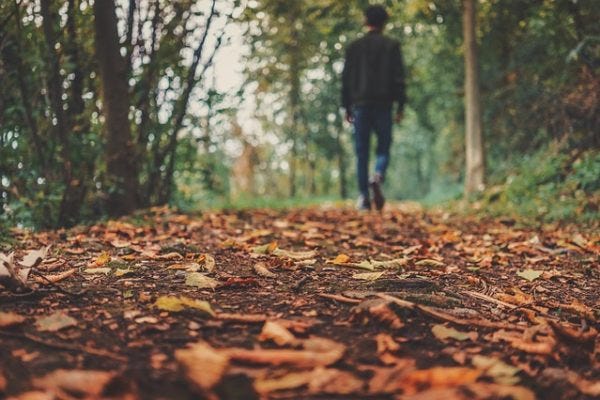
How Birds Use Leaf Litter
Different birds use leaf litter in different ways. Ground-foraging birds such as doves, pheasants, turkeys,
thrashers, thrushes, and sparrows may root through the material seeking out insects, seeds, or bits of fruit.
Corvids such as jays and crows may use leaf litter to cache seeds and nuts, hiding their treats in the loose
material and using nearby debris to hide the special spot. Any birds building nests, including warblers, may use
different bits of leaf litter as nesting
material. Even hunting birds, such as bluebirds, kingbirds, and flycatchers, will study leaf litter as they
look for beetles, grubs, and worms. Shy birds like towhees and quail may hide themselves in leaf litter, using the
material as camouflage to stay safe from nearby predators.
Birds aren’t the only wildlife that takes advantage of the natural bounty of leaf litter. In addition to the insects that thrive in fallen leaves, many salamanders, toads, snakes, and turtles are right at home in leaf litter. Elk, deer, raccoons, skunks, squirrels, chipmunks, and even bears will also forage through leaf litter to seek out tasty morsels.
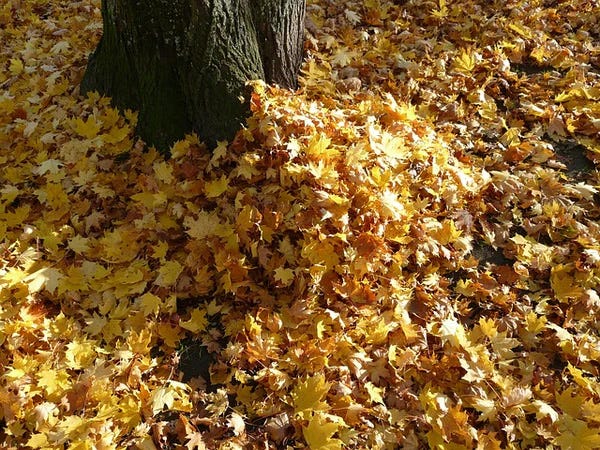
When Leaf Litter Might Not Be Allowed
With leaf litter providing so many resources to wildlife, it’s a great idea to keep those leaves in your yard. In many suburban areas and homeowner associations, however, it may not be permitted to completely abstain from raking leaves. You could face fines or other penalties for not removing leaves in a timely manner. In that case, you can take steps to use leaves in healthy, bird-friendly ways while keeping a tidier yard.
- Use a mulching mower to shred fallen leaves into smaller bits that will decompose more quickly in your yard. This will provide great nutrition back into your turf and soil without the need for chemicals.
- Collect mulched leaves in your mower bag, then spread them under shrubs or over your garden and flowerbed areas for winter insulation and extra nutrition. By spring, the shredded leaves will have decayed.
- Add shredded leaves into a compost bin or pile for a better balance of nutrients in the compost you create. The more varied your leaves are, the more nutritious your compost will be.
- Pile some of the leaves you’ve raked onto a brush pile or log stack for extra shelter and insulation over the fall and winter months. Small birds and other suburban wildlife will use the pile to keep warm during cold snaps and will appreciate the extra blanket.
- Contact nature centers, gardening clubs, or similar groups to see if they can make use of extra leaves. They may use it on their own properties, or use it as compost material to be shared with the community.
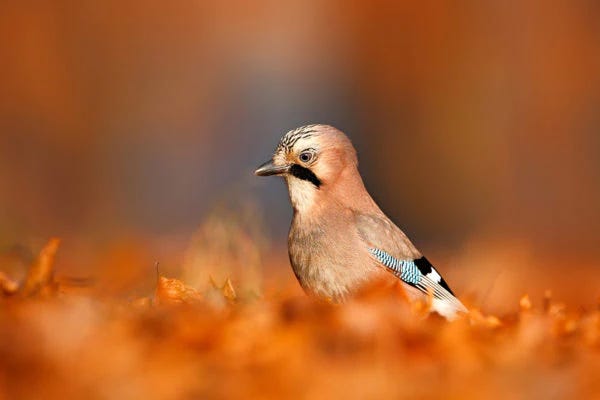
Making Better Leaf Litter for Birds
Whether you use all your leaf litter yourself or share it with others, there are simple ways you can make your autumn debris even more amazing. First, be sure you have a diverse array of plants in your yard, which will create better biodiversity in the resulting leaf litter. Avoid using herbicides, pesticides, or other sprays as much as possible, so fallen material will not be chemically contaminated. Consider sprinkling a little birdseed on the leaves to attract even more birds to the bounty. You’ll be amazed at how many different birds and other visitors enjoy every leaf you leave in your yard.






